Everything you need to know about Pigmentation
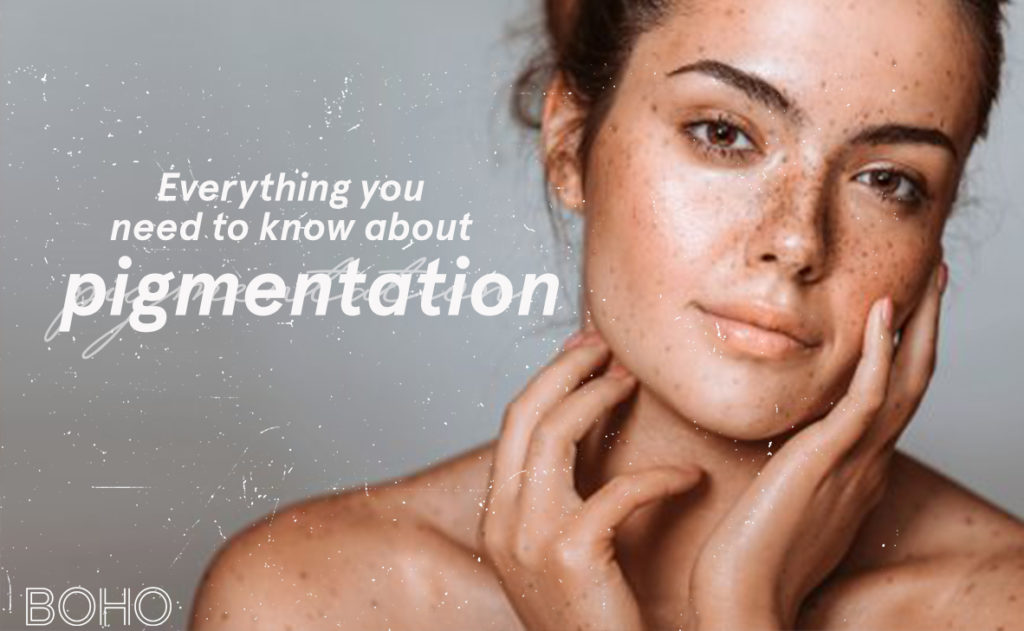
One of my most asked questions from my clients is how do I treat discoloration? From freckles to dark spots, sun damage, and more, we’ve seen it all here at BOHO and that is because pigmentation as a whole is one of the most common skin conditions in the world.
Today, we are going to talk about the four different pigmentation types, what causes them, and how they can be treated!
What is hyperpigmentation?
Hyperpigmentation happens when melanin is overproduced in certain spots on the skin, causing discoloration in our skin complexion. Whenever our body feels like it’s in danger, we get discoloration, tan, post-inflammatory pigmentation as a form of defense mechanism.
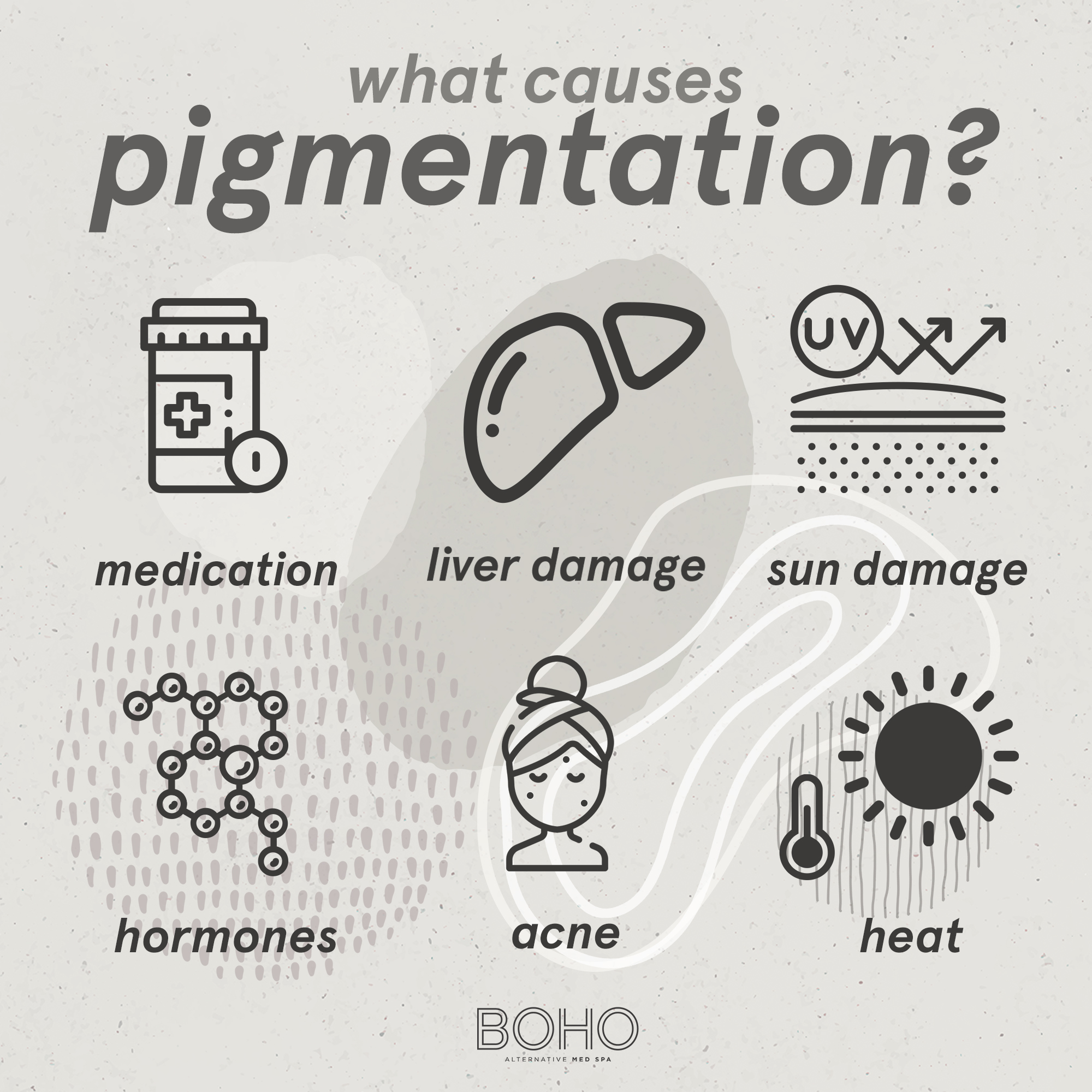
Understanding How Pigmentation is Formed
First, we need to understand the Melanocyte.
The Melanocyte lives in the basal layer of the skin and is responsible for making pigmentation. Converts an amino acid into tryonise which then gets converted in the melanin ( pigment) Think of the melanocyte as a factory that produces pigment, the skin utilizes melanocytes for protection. Then Keratinocytes are the trucks that deliver pigment to the upper layers of the skin.
Our skin cells are constantly moving up to the surface of the skin. Dead proteins and melanin are constantly building up the surface of the skin.
Common Causes of Pigmentation
- Overexposure to the sun
- Birth control
- Hormones changes from pregnancy or Menopause
- Medications that cause liver damage
- Medications that cause light sensitivity.
- Heat
- Stress
- Inflammation
- Acne
- Picking your Acne
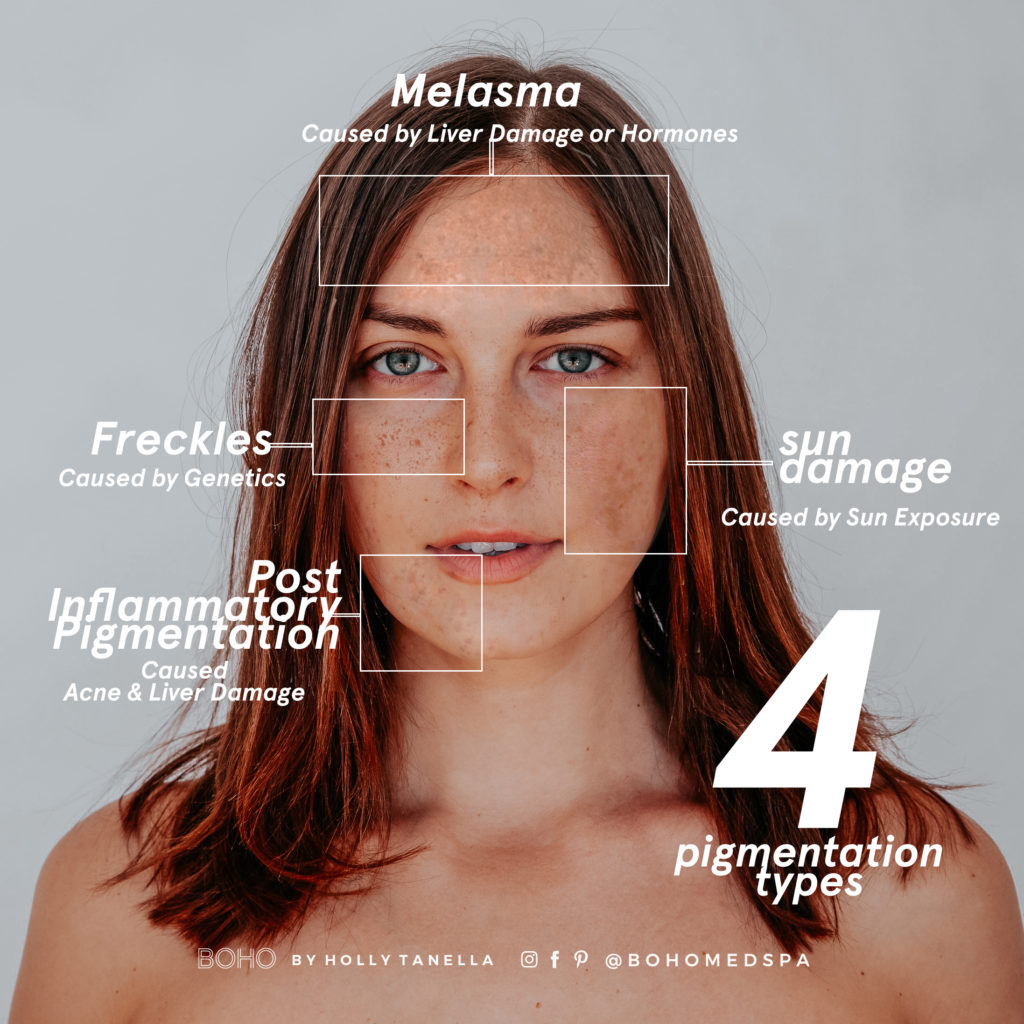
Types of Pigmentation
There are 4 types of hyperpigmentation (an overproduction of pigment in the skin):
- Melasma: Large dark brown patches that usually show up on the forehead, cheeks, or around the mouth.
- Post-inflammatory Pigmentation (PIP): Smaller, individual dark spots ( spots can appear red, brown or dark brown) leftover from trauma to the skin. This could be a blemish, bug bite, cute, or scratch.
- Age/Sun Spots: Flat spots ranging from light to dark brown in color. These are mainly caused by sun exposure over time.
- Freckles: Small brown spots brought on during childhood—a genetic condition.
Check out these blogs on the pigmentation types:
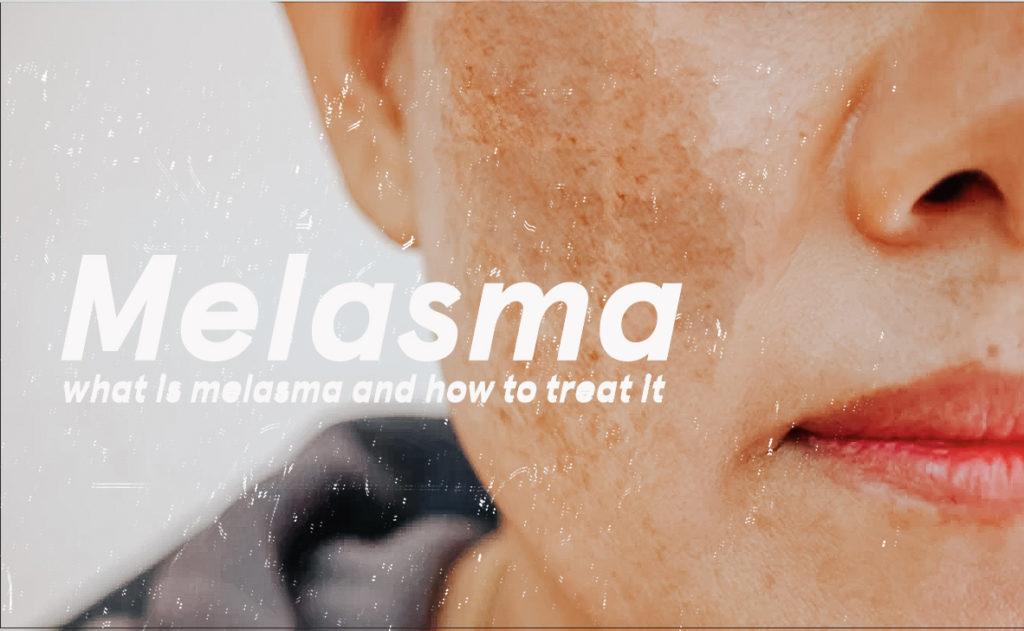
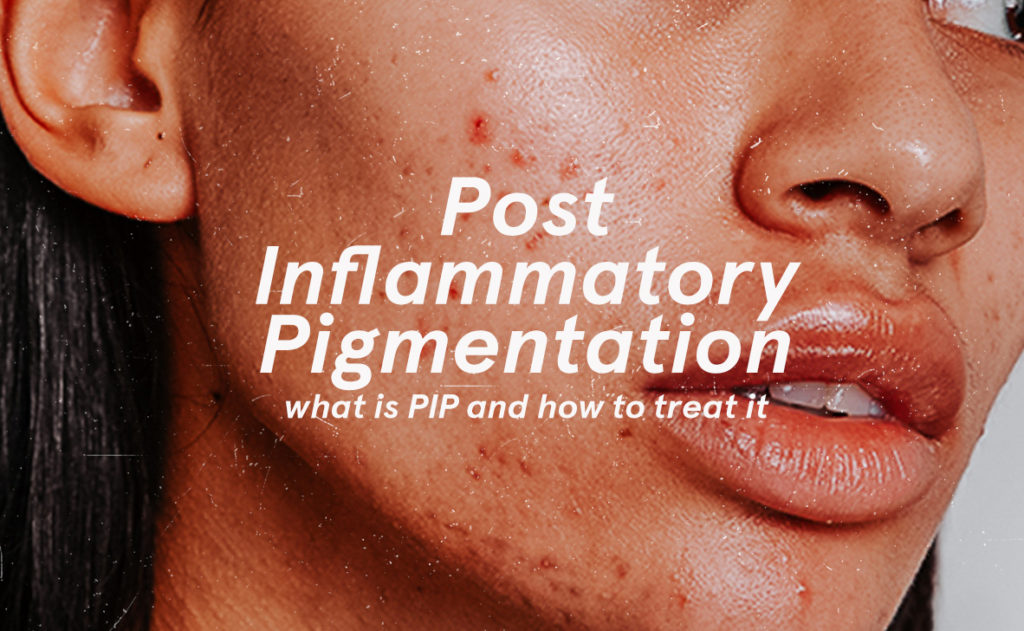
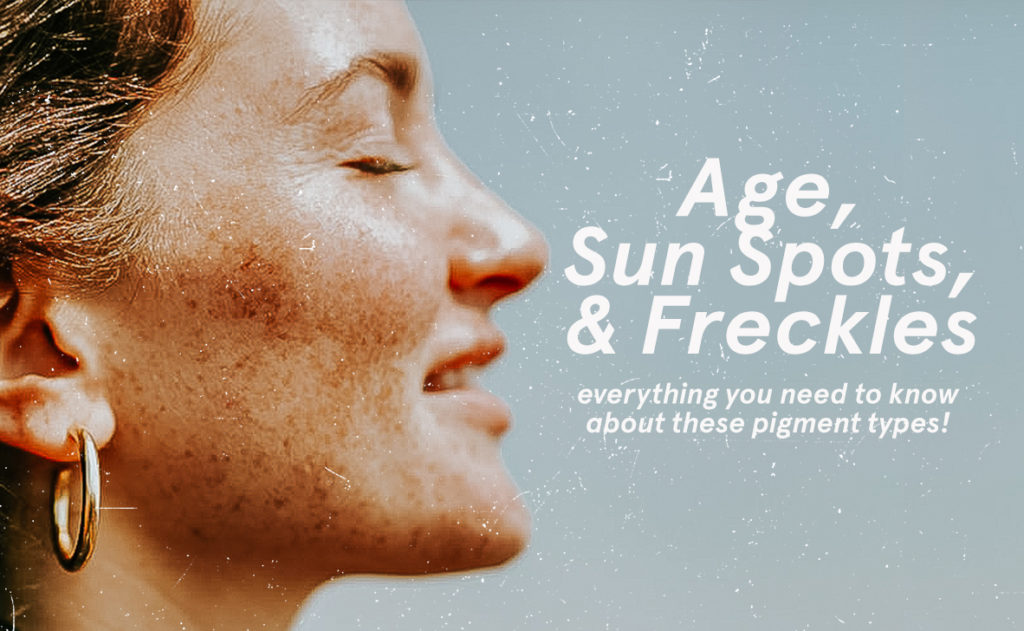
What Are the Best Ways to Get Rid of Pigmentation?
While you can get rid of pigmentation in some cases, it’s not always possible. Pigmentation is very complex and occurs so deeply within the skin that it can be really difficult to treat. The success of the treatment is based on an individual’s skin type and tolerance, and probably most importantly how dedicated they are to improving it and sticking to a regimen. What’s important to know is that even if you do get rid of your pigmentation completely, there’s a good chance you’ll have to continue a pigment brightening and preventing skincare regiment. as it can easily creep back up if you’re not staying on top of it due to pigmentation having memory.
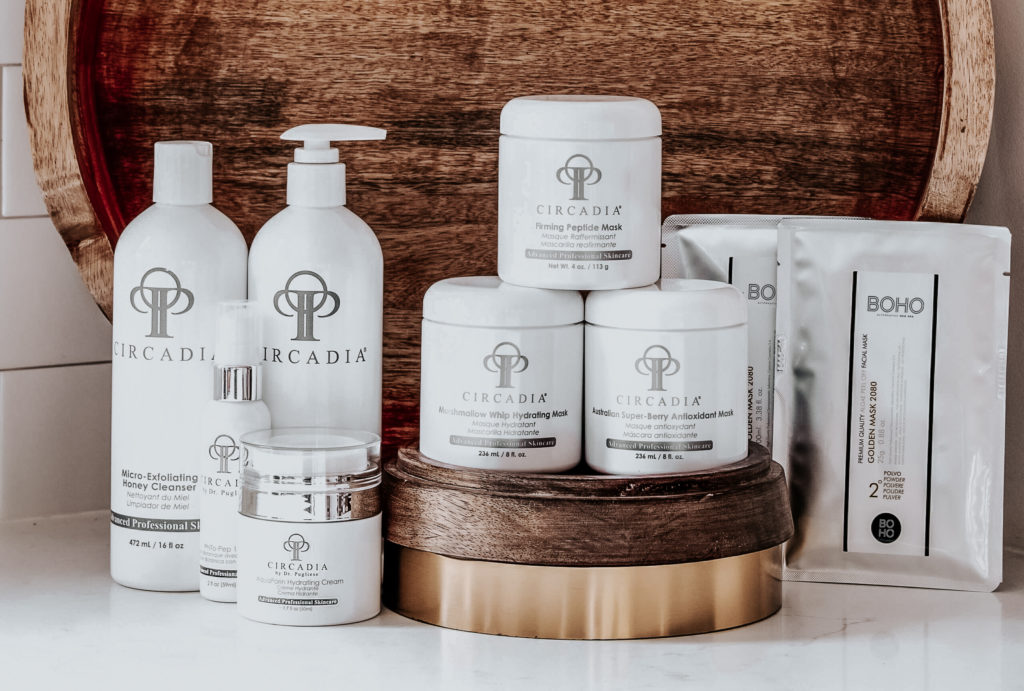
Treating pigmentation with skincare
When treating pigmented skin there are a couple of things you have to do.
- Exfoliate – creating cellular turn over to slough off damaged surface skin cells
- Treat – brightening and removing existing pigmentation
- Prevent – using melanin suppressants
- Protect – with SPF
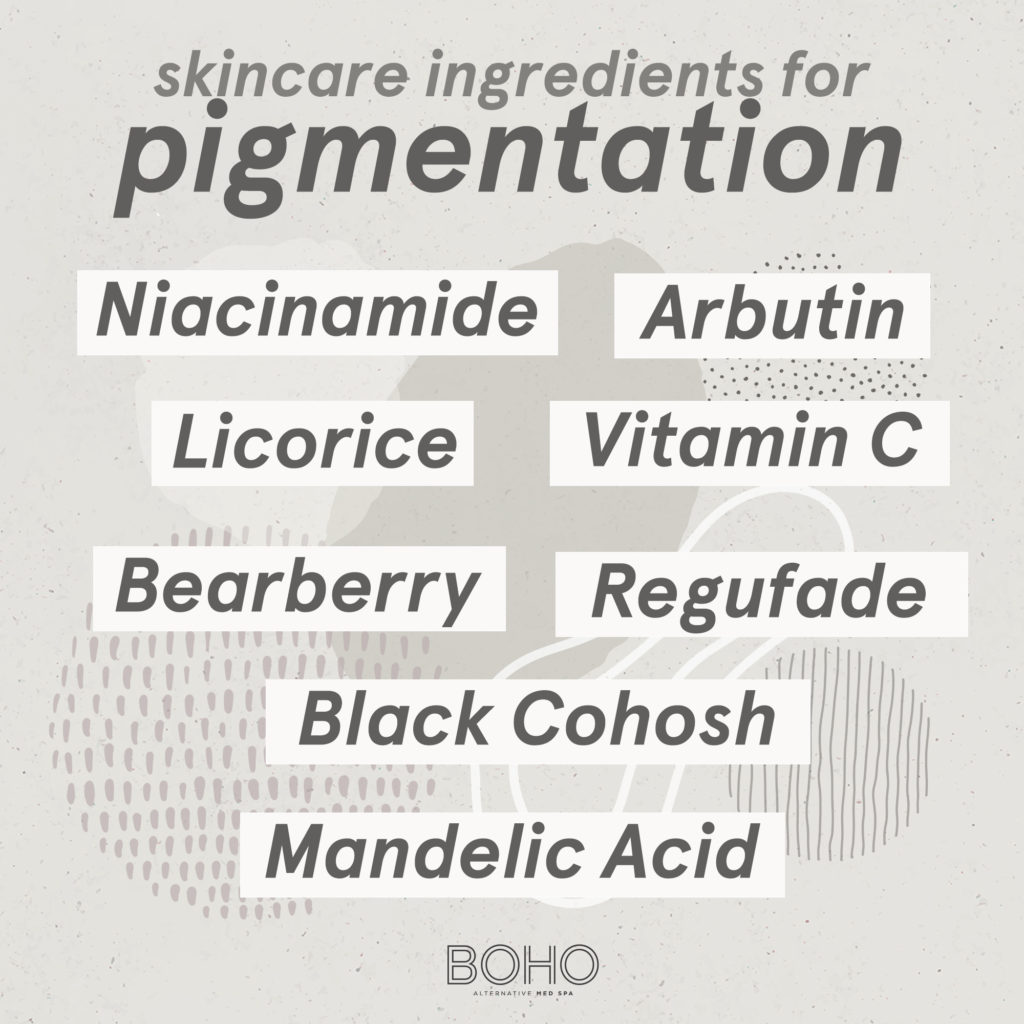
Topical Pigment Inhibitors
Look for products with ingredients that will block tyrosinase( Pigmentation). This will help interrupt signals being sent to melanocytes. These ingredients include mandelic acid, black Cohosh, arbutin, licorice extract, niacinamide and vitamin C serum
Ingredients to avoid:
Hydroquinone- Hydroquinone is great at removing pigmentation, however it has a bad rebounding effect. Once you stop using this skin lightener, the pigmentation will come back darker than what the pigmentation was before you started using hydroquinone. Another side effect is that if used too long, you can develop ochronosis, a dark, blue-black pigmentation that is hard to get rid of.
Kojic Acid- A skin lightening ingredient that commonly causes skin irritations. There are tons of great skin lightening ingredients that do not cause skin irritation that work just as good.
Exfoliants
Exfoliation is important because it helps lift visible pigmentation off the skin. For acids, I like mandelic ( super hero of skincare) or lactic. Fruit enzymes, such as papaya or pineapple, are also great options and are gentler than acids. Even though it isn’t technically an exfoliant, retinol/ vitamin A is also great for pigmentation because it increases cell turnover. Pigmentation will come to the surface (where it can be sloughed off by exfoliants) more quickly. I prefer enzymatic/ chemical based exfoliants. Physical exfoliants tend to be too harsh on the skin and will create broken capillaries.
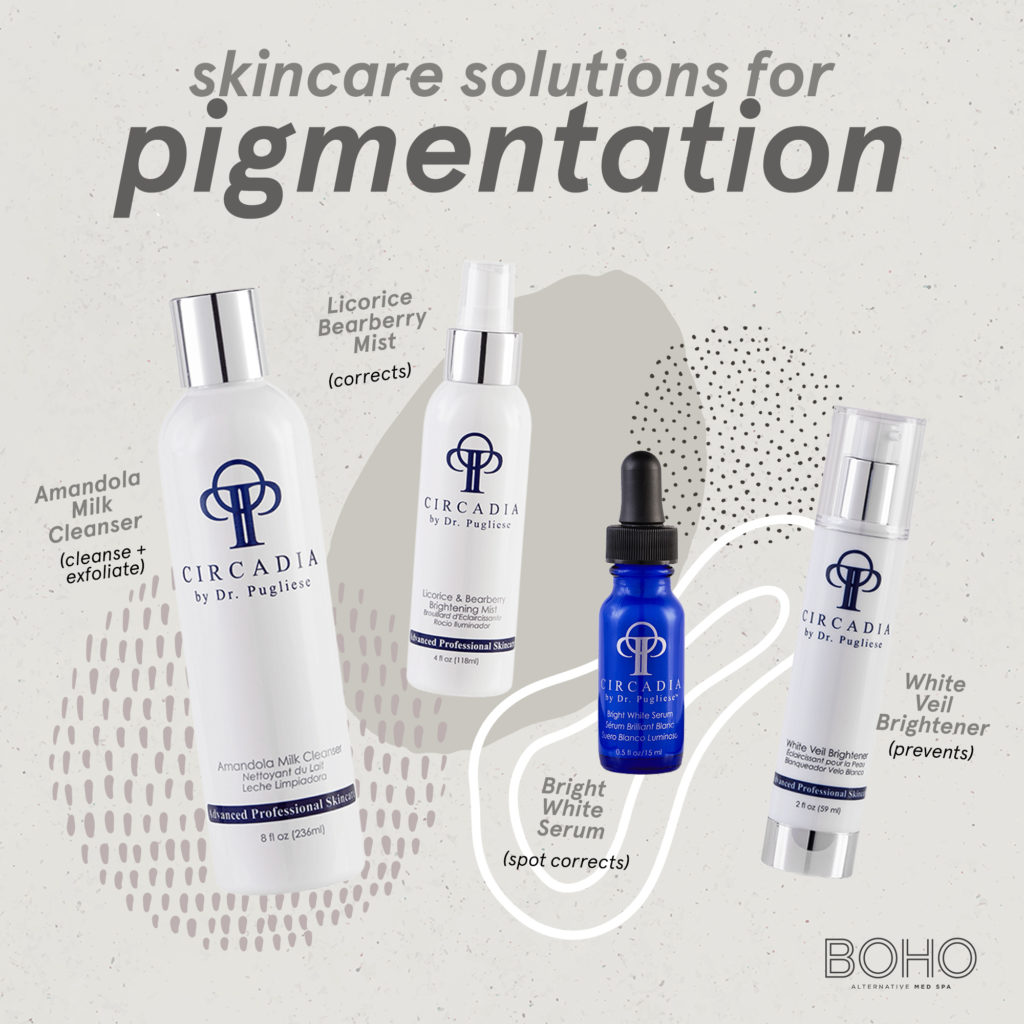
Best at-home skin care regimen for preventing and removing pigmentation.
Managing your Pigmentation can be stressful, especially for those that have dealt with long-term pigmentation. At BOHO, we treat pigmentation every single day and have personally tested all of these products! We have found that these products are work best for us and our clients.
Check out my At-Home Skincare Regimen for Pigmentation by clicking the picture below!
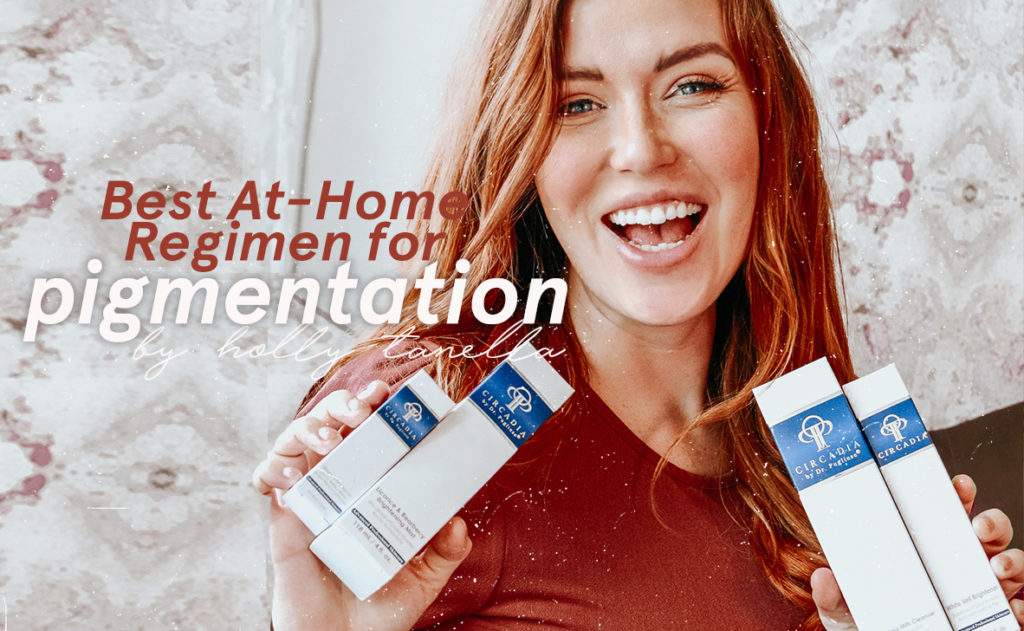
Professional treatments for preventing and removing pigmentation
When managing your pigmentation, we often recommend and plan that involves both Spa services and at-home products.
How often you get professional treatments will vary from person to person. It’s important to get a consultation with an experienced provider who can tailor your treatment plan. There is no one answer for everyone on how long it takes to get rid of pigmentation, but if you’re diligently treating it at home with a good skin care regimen and with professional treatments, you can expect to have noticeable improvements in 1 month.
Check out my Professional Treatment Recommendations by clicking the picture below!
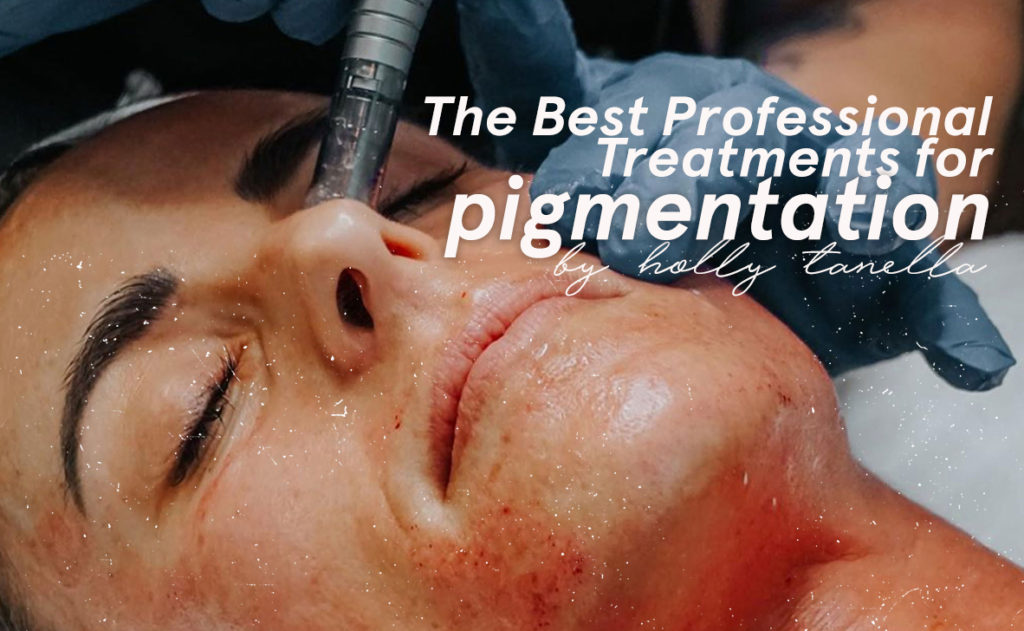
Bottom Line
Pigmentation is an incredibly complex and challenging condition that requires constant care.
It can’t always be gotten rid of, but there are many things you can do both at home and with Professional treatments. Remember, patience is key. The pigment was forming in the skin long before it made its way to the surface, so it’s not just going to disappear overnight.
But stay dedicated to your routine, and you’ll see results! As always, I am always available to answer questions so please email or dm boho and we would be happy to answer your questions!
XOXO – Holly
Looking for more? Start with a personalized skincare consult and product bundle!
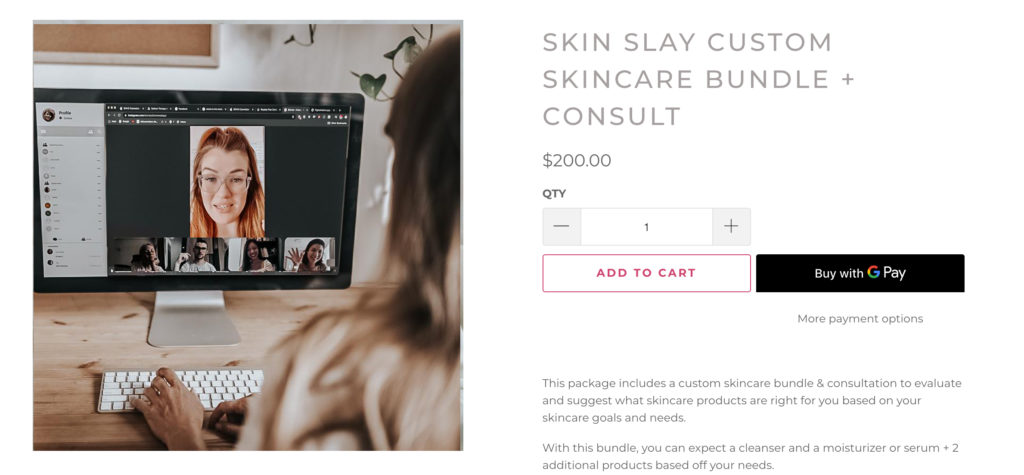
Holly is an international award-winning aesthetician and business owner with over 10 years of experience in the aesthetics industry. She was named the 2019 Top International Holistic Esthetician at the Skin Games and has owned BOHO Alternative Med Spa in Allen, TX since 2015. Holly is a wife, mother of five, and a skin fanatic whose personal mission is to help her clients create healthy, glowing skin through alternative methods.
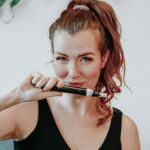
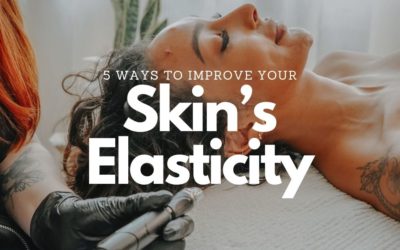
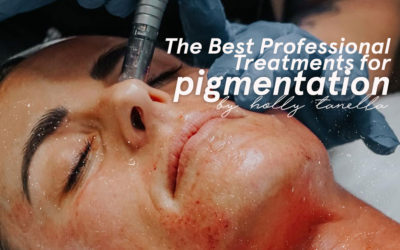
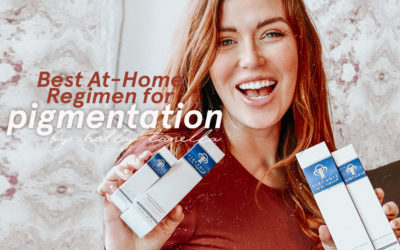
Recent Comments